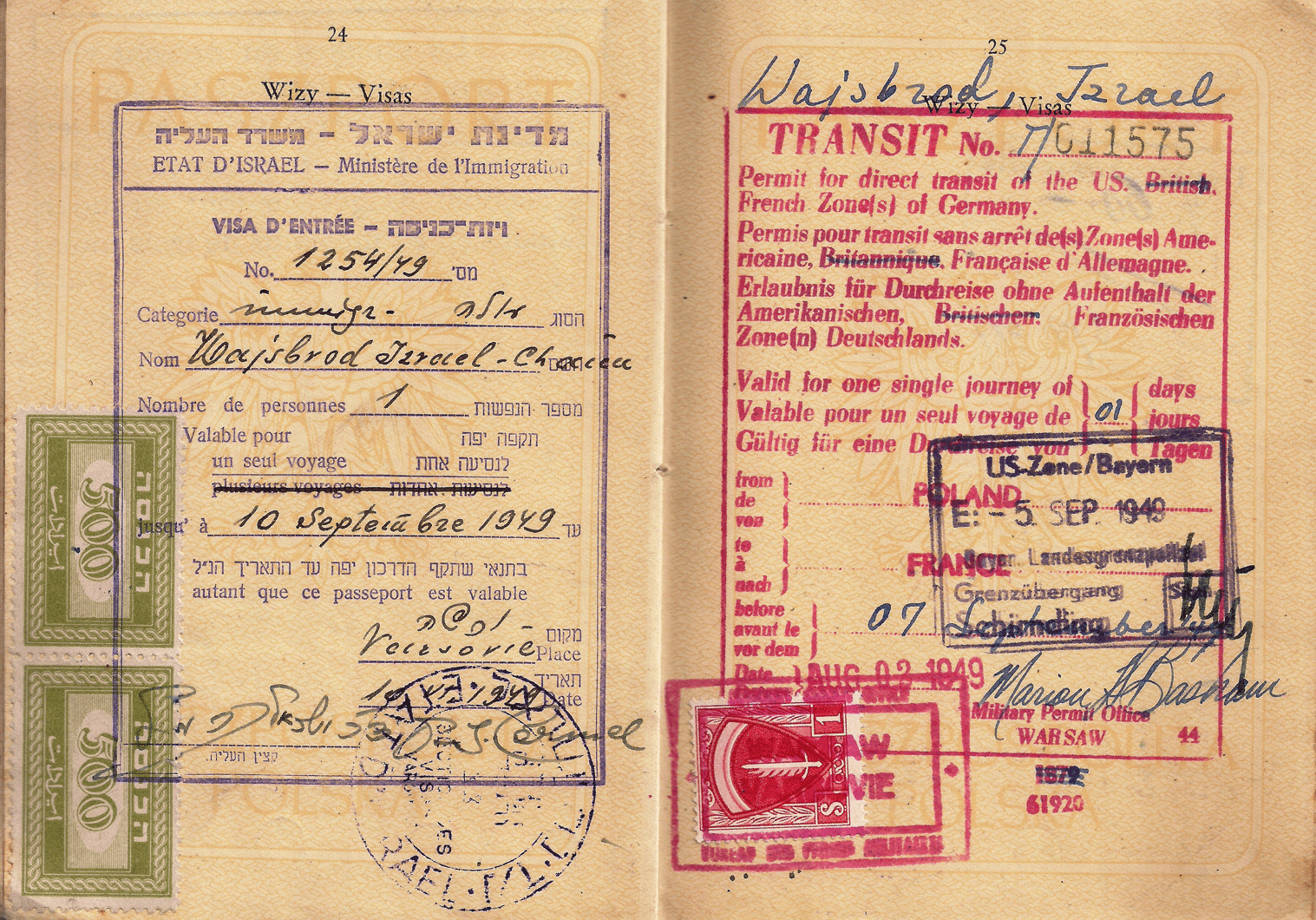ISRAEL’S FIRST CONSULAR STAMPS
Rarest value – 5 Pruta
Israel was founded on May 14th of 1948, following the declaration of independence and the termination of the British Mandate which lasted from 1918 to 1948 the same year.
https://en.wikipedia.org/?title=Israel
Like many countries, the new state started to organize its different departments and take control of the lives of its citizens. Welfare, health, social networks, finances and more where needed to be running and working effectively in order to offer services.
Income and collecting of revenue was vital for the new young state. Taxation was important and the system was still using its predecessor’s methods of running and governing: the same political system is still being used today in modern Israel: the British way of government. Israel began to print local revenue stamps already in 1948 and they were being used on various local forms, checks, tickets etc. and was an important means of income. But though the use of revenue stamps was already in place, Israel did not print out special consular revenue stamps for use at its legations and consulates abroad.
From years of collecting old Israeli passports and consular documents, I have noticed that before 1950 no special consular stamps where used and only the local domestic revenue stamps where added into visas & endorsed documents abroad, and rarely. These were valued, for example, at 250, 500 and 1000 mils, same value as the British Mandate revenue stamps. The first consular revenue stamps that I have seen inside a passport were used in 1950.
Israel’s first consular stamps can be divided as following:
- GRATIS (dark blue)
- 5 (turquoise)
- 10 (grey)
- 25 (purple)
- 50 (green)
- 100 (red)
- 250 (light blue)
- 300 (maroon)
- 500 (brown)
- 1 (light brown)
- 2 (yellow)
The first three, smallest denominations, are considered the rarest with the rarest of all being the 5 Pruta (Israel currency value adopted around the early 1950’s after dropping the British means of currency Pounds & Mills).


